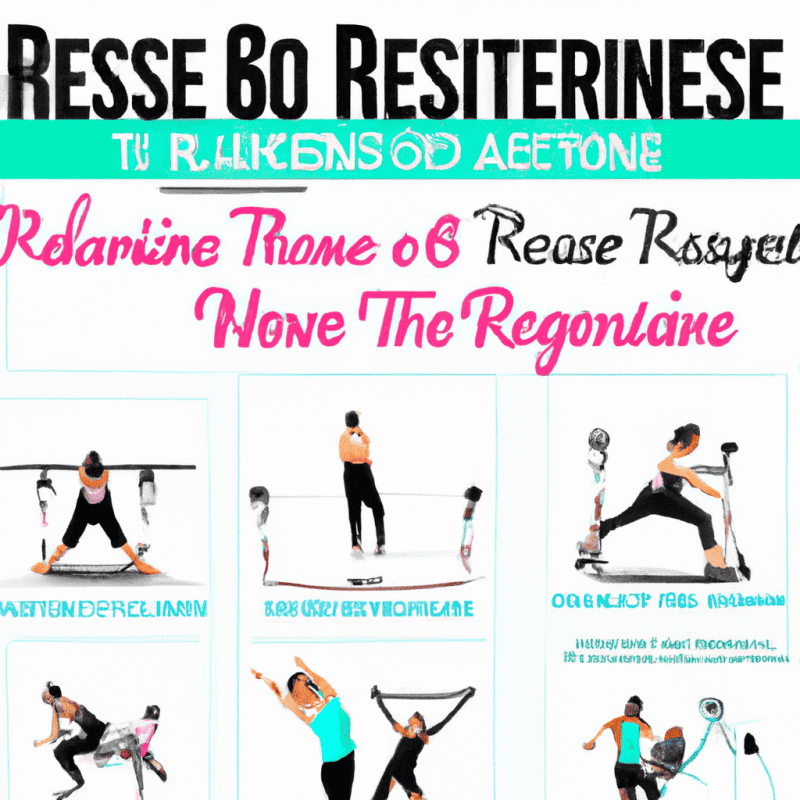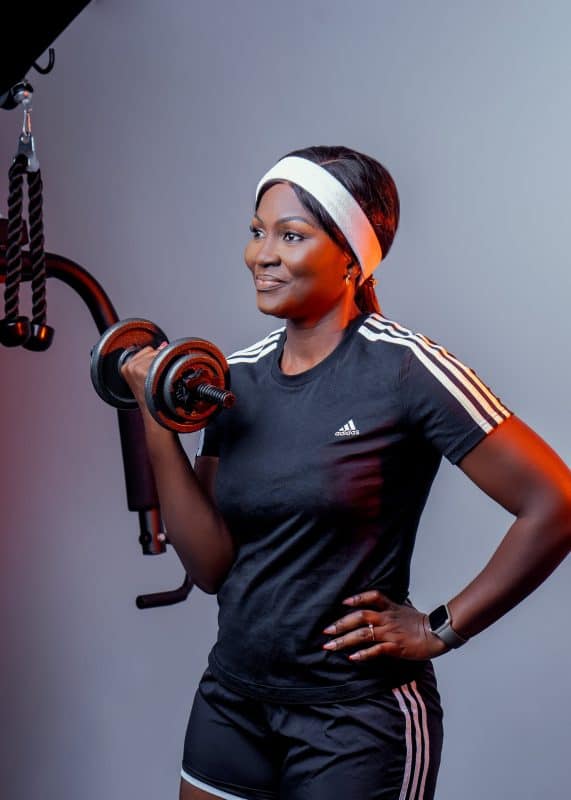resistance bands
Full Body Workout with Resistance Bands
Are you tired of overcomplicating your fitness routine with numerous equipment and time-consuming workouts? Look no further than the convenience of a full body workout with resistance bands. Perfect for a home exercise routine, resistance bands offer a versatile set of exercises that target every muscle group. Whether you’re a beginner or an experienced fitness enthusiast, incorporating resistance bands into your workout can help you build strength, tone your body, and achieve your fitness goals. Say goodbye to bulky equipment and hello to a compact and effective workout solution.
Full Body Workout with Resistance Bands
If you’re looking for a convenient and effective way to work out at home, resistance bands are a fantastic option. Not only are they affordable and portable, but they also provide a full body workout that targets all major muscle groups. In this article, we’re going to explore the benefits of resistance bands, how to choose the right ones for your needs, and a comprehensive workout routine that covers the upper body, lower body, and core. So grab your resistance bands and get ready to get fit!
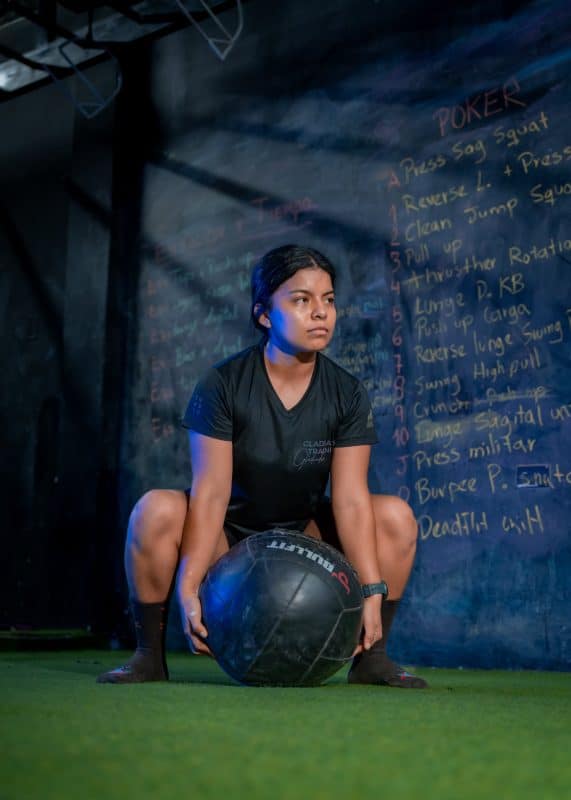
Benefits of Resistance Bands
Resistance bands offer numerous benefits that make them an excellent addition to any workout routine. First and foremost, they provide constant tension throughout the entire range of motion, which helps to activate and engage your muscles more effectively. This leads to greater muscle activation, improved strength, and increased muscle tone.
One of the major advantages of resistance bands is their versatility. Unlike traditional free weights or machines, resistance bands allow you to perform a wide variety of exercises that target different muscle groups from various angles. This makes them suitable for all fitness levels, from beginners to advanced athletes. Additionally, resistance bands can be adjusted to provide different levels of resistance, allowing you to gradually increase the difficulty as you get stronger.
Another benefit of resistance bands is their portability. They are lightweight and can be easily transported, making them perfect for individuals who travel frequently or prefer to exercise on-the-go. Whether you’re at home, in a hotel room, or even at the office, resistance bands can be used to squeeze in a quick and efficient workout.
Choosing the Right Resistance Bands
When it comes to choosing the right resistance bands, there are a few factors to consider. First, think about your current fitness level and what your goals are. If you’re a beginner, it’s best to start with a lighter resistance band and gradually work your way up to heavier ones. On the other hand, if you’re more advanced, you may already have a higher level of strength and can opt for bands with greater resistance.
Resistance bands come in different shapes, sizes, and materials. The most common types are tube bands, loop bands, and therapy bands. Tube bands have handles on either end and can provide a wide range of motion, making them ideal for exercises that require pulling or pushing movements. Loop bands are circular and are often used for lower body exercises such as squats and lunges. Therapy bands are flat and wide, allowing for a greater surface area of contact with the body and a more comfortable grip.
It’s also important to consider the durability and quality of the bands. Look for bands made of high-quality latex or fabric that won’t easily snap or tear. Additionally, check if the bands come with a warranty or guarantee to ensure your investment is protected.
Warm-Up Routine
Before jumping into the workout, it’s essential to warm up your muscles to prevent injuries and prepare your body for the exercises to come. Here’s a simple warm-up routine using resistance bands:
-
Start by placing the resistance band around your ankles. Stand with your feet hip-width apart and perform 20 side steps, leading with one foot and then the other. This will help activate your glutes and warm up your lower body.
-
Next, move the resistance band above your knees and stand with your feet shoulder-width apart. Perform 20 air squats, focusing on proper form and engaging your glutes, quads, and hamstrings.
-
After the squats, move the resistance band back down to your ankles and get into a plank position. Hold the plank for 30 seconds, engaging your core, glutes, and shoulders. This will warm up your upper body and core muscles.
-
Finally, stand up and hold the resistance band with both hands. Perform 20 shoulder circles, rotating your shoulders forward and backward. This will loosen up your shoulder joints and improve mobility.
Upper Body Exercises
Now that you’re warmed up, let’s move on to the upper body exercises using resistance bands. These exercises will target your biceps, shoulders, triceps, and chest.
-
Bicep Curls: Stand on the resistance band with your feet shoulder-width apart and hold the bands with your palms facing forward. Keeping your elbows close to your sides, bend your arms at the elbows and bring your hands towards your shoulders. Slowly lower back down and repeat for 12-15 reps.
-
Overhead Press: Step on the resistance band with one foot and hold the bands at shoulder height, palms facing forward. Press the bands directly overhead, extending your arms fully. Lower back down and repeat for 12-15 reps.
-
Tricep Extensions: Stand with your feet shoulder-width apart, holding the resistance band with both hands behind your head. Extend your arms upward, keeping your elbows close to your ears. Slowly lower back down and repeat for 12-15 reps.
-
Chest Press: Anchor the resistance band around a sturdy object at chest height. Stand with your back facing the anchor point and hold the bands with both hands. Step forward to create tension in the bands and bring your elbows out to the sides at a 90-degree angle. Push your arms forward, extending them fully, and then slowly bring them back to the starting position. Repeat for 12-15 reps.
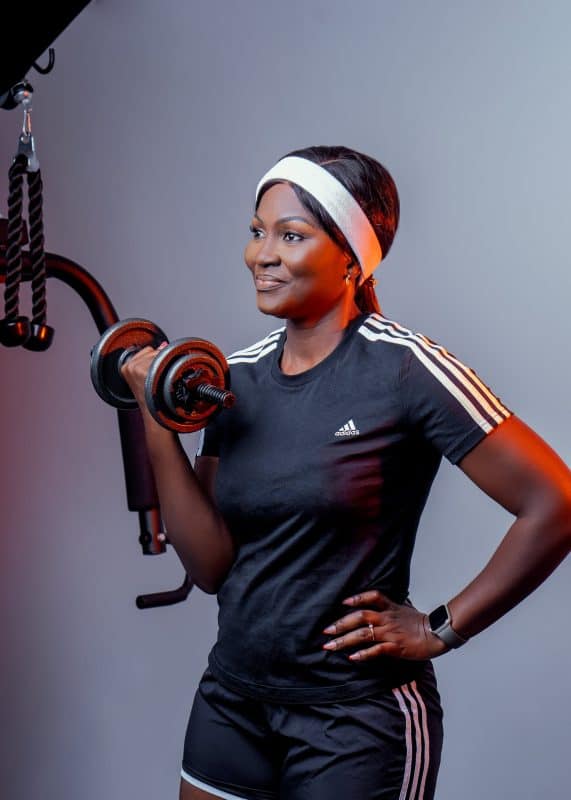
Lower Body Exercises
No full body workout would be complete without targeting the lower body. Resistance bands can effectively engage your glutes, quads, hamstrings, and calves. Here are some exercises to incorporate into your routine:
-
Squats: Stand on the resistance band with your feet hip-width apart. Hold the bands at shoulder height, palms facing inward. Sit back into a squat position, ensuring your knees stay in line with your toes. Push through your heels to stand back up and repeat for 12-15 reps.
-
Lunges: Step on the resistance band with one foot and hold the bands at your sides, palms facing inward. Step your other foot back into a lunge position, bending both knees. Push through your front heel to return to the starting position and alternate legs for 12-15 reps per side.
-
Glute Bridges: Lie on your back with your knees bent and your feet flat on the floor. Place the resistance band around your thighs, just above your knees. Push through your heels to lift your hips off the ground, squeezing your glutes at the top. Lower back down and repeat for 12-15 reps.
-
Leg Press: Anchor the resistance band around a sturdy object behind you. Sit on the floor with your legs extended and loop the bands around the balls of your feet. Using your arms for support, push your legs forward, extending them fully. Slowly return to the starting position and repeat for 12-15 reps.
Core Exercises
An effective full body workout should never neglect the core muscles. Resistance bands can add an extra challenge to your core routine. Here are some exercises to try:
-
Plank: Get into a plank position with the resistance band around your wrists. Hold this position, keeping your core engaged and your body in a straight line, for as long as you can.
-
Russian Twists: Sit on the floor with your knees bent and your feet flat on the ground. Hold the resistance band with both hands and lean back slightly. Twist your torso to one side, bringing your hands to the side of your body. Return to the center and twist to the other side. Repeat for 12-15 reps per side.
-
Bicycle Crunches: Lie on your back with your knees bent and your feet off the ground. Hold the resistance band with both hands and bring your left elbow towards your right knee while extending your left leg. Repeat on the other side, alternating for 12-15 reps per side.
-
Standing Oblique Crunches: Anchor the resistance band around a sturdy object at waist height. Stand with your side facing the anchor point and hold the bands with both hands. Pull your arms down and across your body, crunching your obliques. Return to the starting position and repeat for 12-15 reps per side.
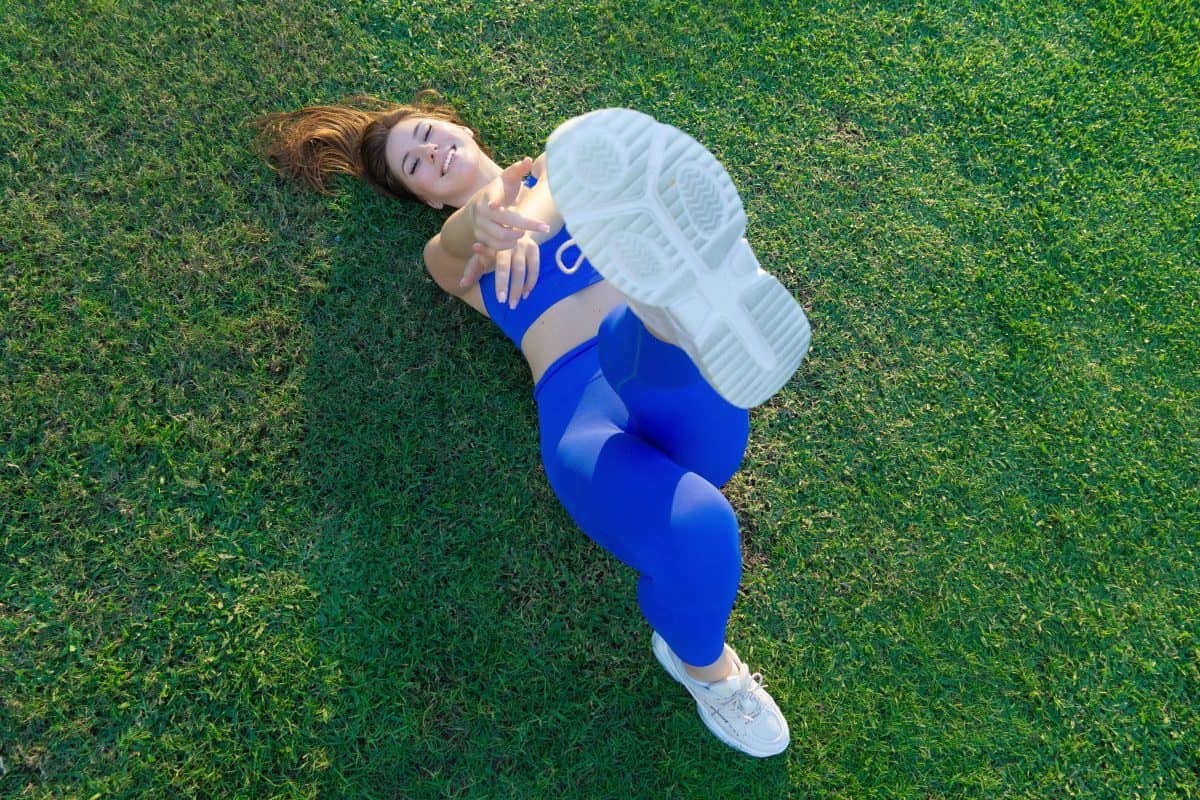
Cool-Down Routine
After a challenging workout, it’s important to cool down and stretch your muscles to promote flexibility and prevent muscle soreness. Here’s a simple cool-down routine:
-
Standing Hamstring Stretch: Stand with one foot slightly in front of the other. Extend one leg straight in front of you, resting your heel on the ground. Lean forward from your hips until you feel a stretch in the back of your thigh. Hold for 30 seconds per leg.
-
Standing Quad Stretch: Stand with one foot slightly in front of the other. Bend your knee and grab your ankle, gently pulling your heel towards your glutes. Keep your knees close together and hold for 30 seconds per leg.
-
Chest Stretch: Stand tall with your feet shoulder-width apart and interlace your fingers behind your back. Straighten your arms and lift them away from your body, feeling a stretch in your chest and shoulders. Hold for 30 seconds.
-
Seated Spinal Twist: Sit on the ground with your legs extended in front of you. Bend your right knee and cross it over your left leg, placing your foot flat on the ground. Twist your torso to the right, using your left arm to deepen the stretch. Hold for 30 seconds per side.
Additional Tips and Precautions
Before starting any new exercise routine, it’s always a good idea to consult with a healthcare professional, especially if you have any pre-existing medical conditions or injuries. Listen to your body and stop any exercise that causes pain or discomfort.
Remember to start with lighter resistance bands if you’re a beginner and gradually work your way up to heavier ones. Don’t forget to warm up and cool down properly to prevent injuries and aid in muscle recovery.
As with any fitness program, consistency is key. Aim to incorporate resistance band exercises into your routine at least two to three times a week for optimal results. And most importantly, have fun and enjoy the journey to a stronger, fitter, and healthier you with resistance bands!
